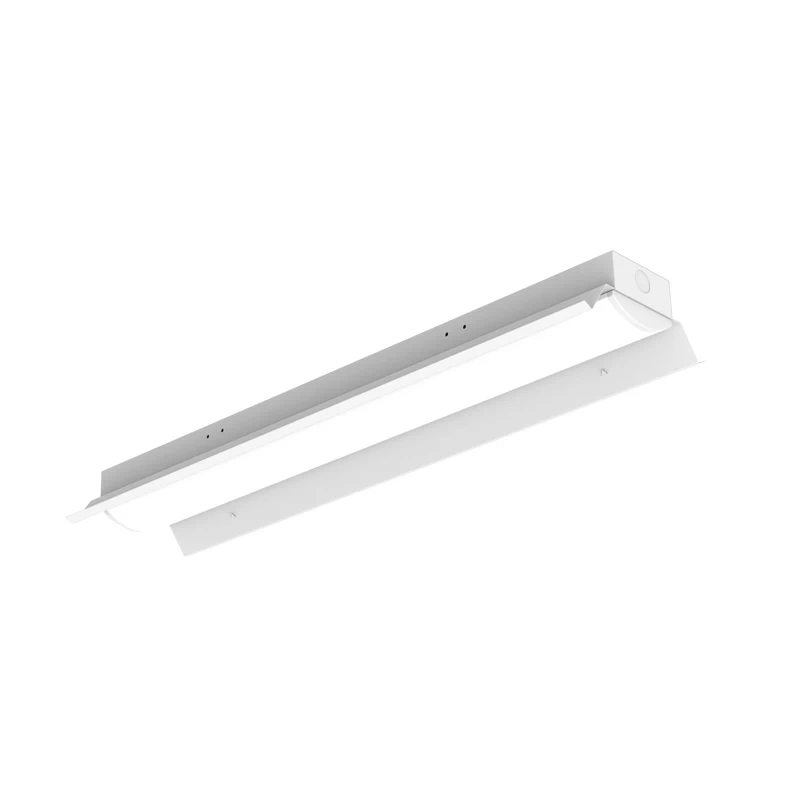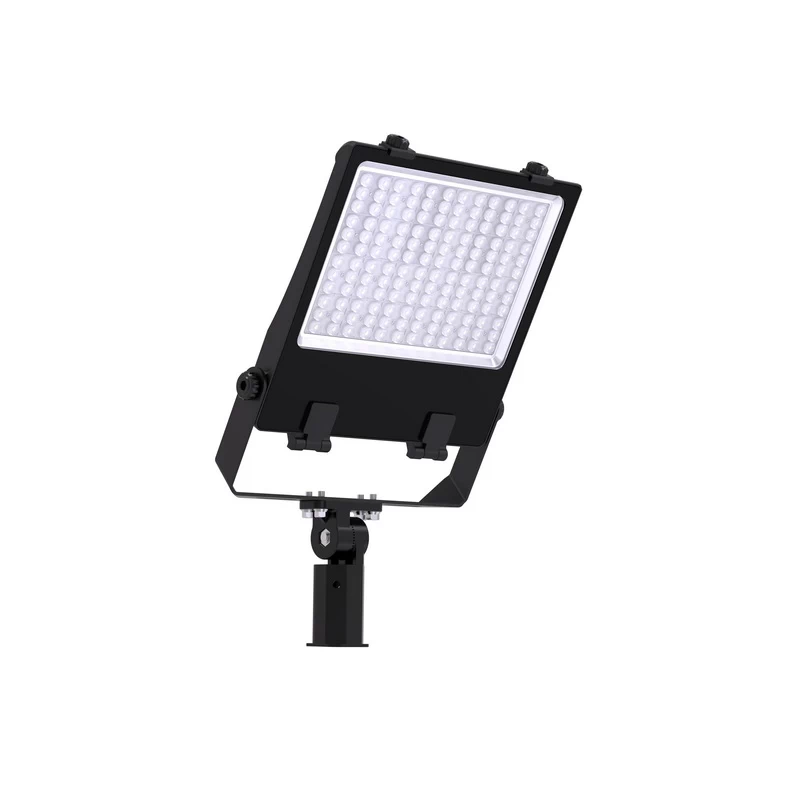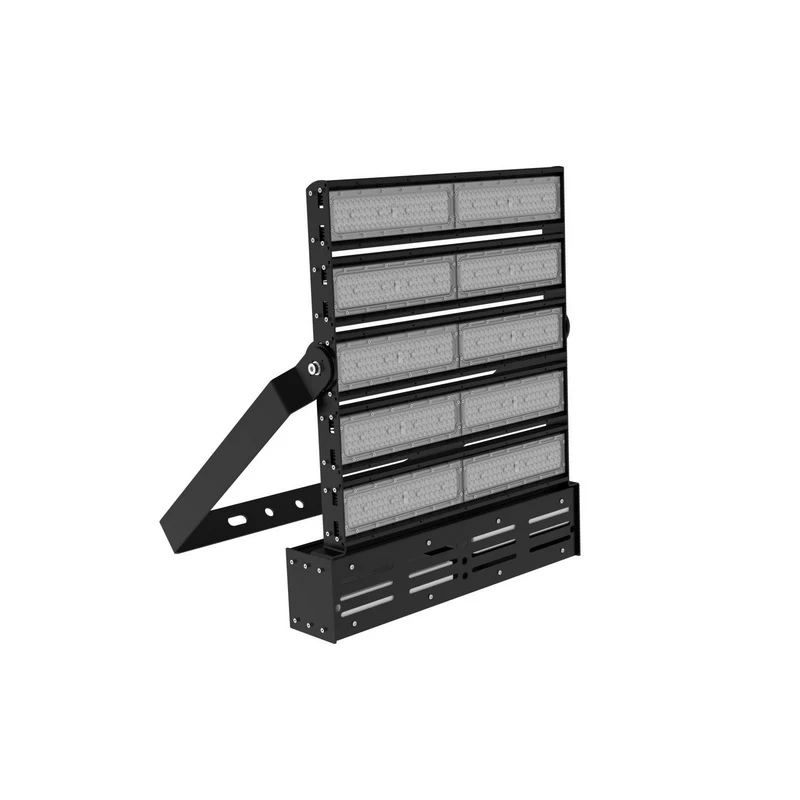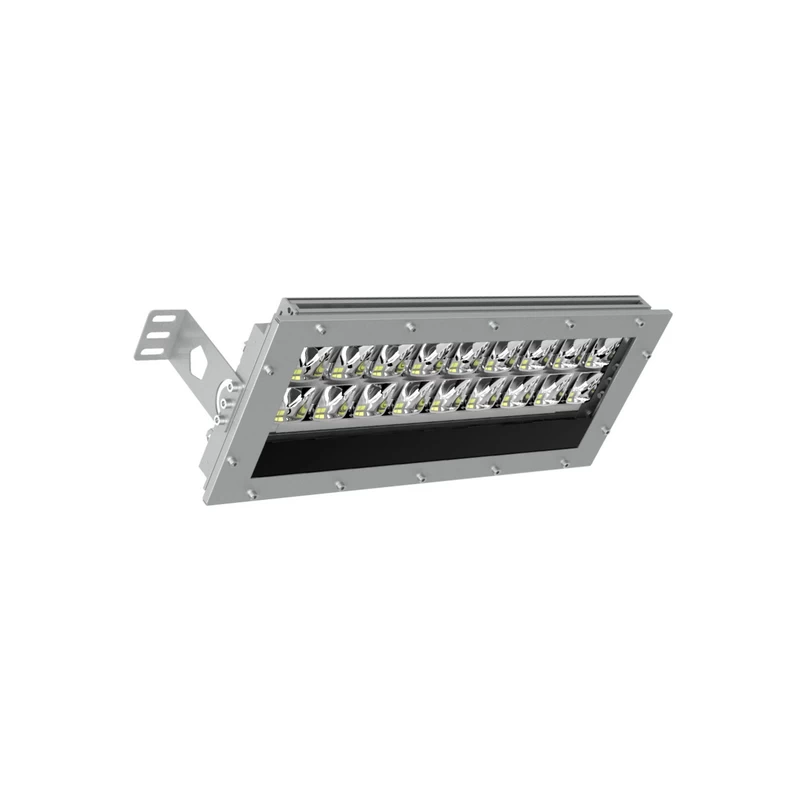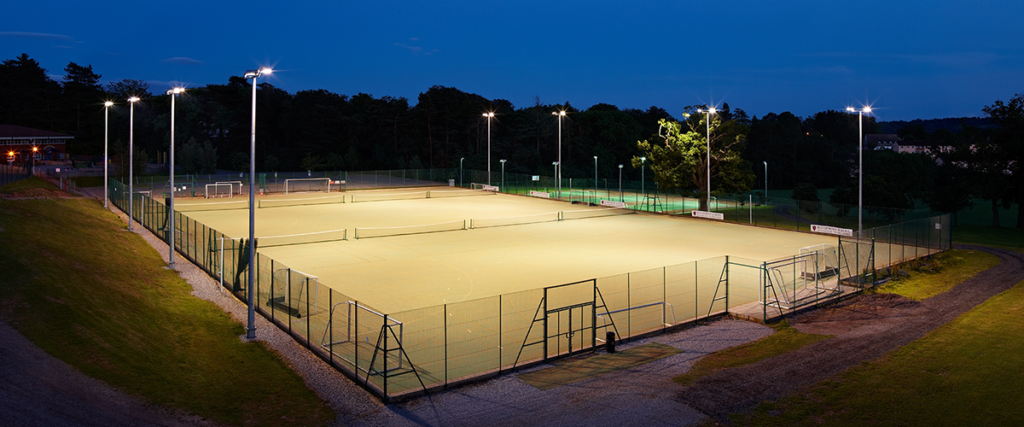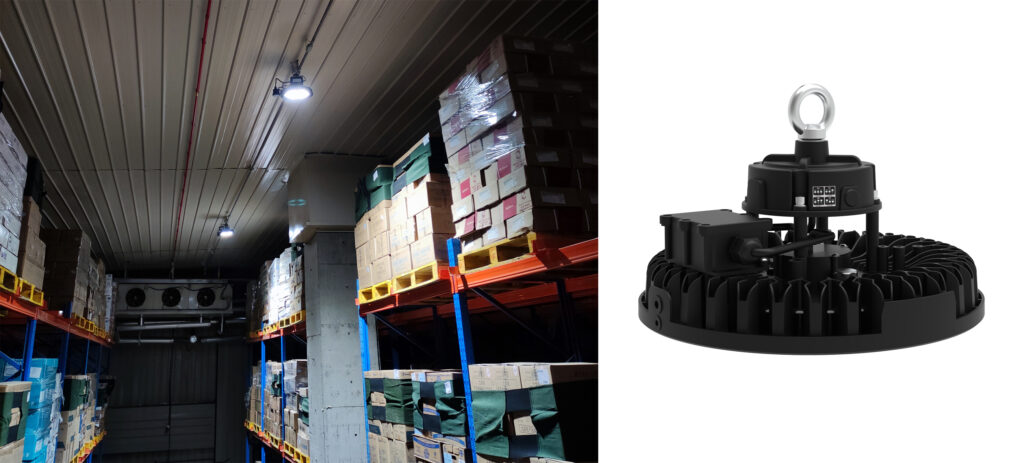Indice dei contenuti
ToggleIntroduzione
Per le vostre esigenze è più appropriata la luce bianca calda o la luce bianca fredda? La scelta tra luce LED bianca calda e fredda può avere un grande impatto sulla funzionalità, l'estetica e l'atmosfera di uno spazio. Questo articolo spiega come scegliere il bianco caldo e il bianco freddo nelle aree residenziali, lavorative o industriali. Scoprite come l'efficienza energetica di LedRhythm soluzioni di illuminazione in diverse temperature di colore possono trasformare il vostro spazio.
Luce bianca fredda: Che cos'è?
La temperatura di colore della luce bianca fredda, solitamente compresa tra 5000K e 6500K, offre un aspetto chiaro e luminoso. Poiché riproduce la luce naturale del giorno, è perfetta per le aree che devono essere molto visibili e produttive.
La luce bianca fredda non è adatta alle camere da letto o alle zone relax, perché può influire sulla secrezione di melatonina e interferire con il sonno.
| Aspetto | Descrizione |
|---|---|
| Temperatura del colore | Tipicamente tra 5000K e 6500K |
| Colore chiaro | Bianco freddo con sfumature bluastre |
| Effetto visivo | Luminoso, fresco ed energizzante |
| Contrasto | Alto contrasto, migliora la visibilità dei dettagli |
| Rendering del colore | Dipende dal prodotto; le versioni di alta qualità offrono CRI 90+. |
Illuminazione in bianco caldo: Che cos'è?
L'illuminazione a luce bianca calda produce un delicato bagliore giallastro con una temperatura di colore compresa tra 2700K e 3000K. Produce un ambiente caldo e accogliente, perfetto per le case e le aree di svago.
| Aspetto | Descrizione |
|---|---|
| Temperatura del colore | Tipicamente tra 2700K e 3000K |
| Colore chiaro | Bianco tenue con sfumature gialle o ambrate |
| Effetto visivo | Caldo, accogliente e rilassante |
| Ambiente | Crea un'atmosfera accogliente e confortevole |
| Rendering del colore | Tipicamente alta, con un CRI compreso tra 80 e 90+. |

Differenza fondamentale tra bianco freddo e bianco caldo
Le principali differenze tra luce bianca fredda e luce bianca calda si riflettono nella temperatura del colore, nella percezione visiva, negli scenari di applicazione e nell'impatto psicologico. Visualizza altre differenze di temperatura del colore.
Temperatura del colore
- Bianco caldo: Ha una temperatura di colore più bassa, in genere tra 2700K e 3500K. È simile alla luce del sole all'alba o al tramonto, al lume di candela e alla luce di una lampadina a incandescenza. La luce ha più componenti rosse, gialle e arancioni, con conseguente aspetto giallastro o rossastro.
- Bianco freddo: Ha una temperatura di colore più elevata, in genere compresa tra 5000K e 6500K. È simile alla luce del sole a mezzogiorno, con una maggiore quantità di componenti blu, che danno luogo a un aspetto bluastro o biancastro.
Esperienza visiva e atmosfera
- Bianco caldo: Caldo, confortevole, rilassante e invitante. Crea un'atmosfera morbida, tranquilla, romantica e familiare, evocando immagini di caminetti, cene a lume di candela e salotti.
- Bianco freddo: Luminoso, chiaro, tonificante e concentrato. Crea un'atmosfera di efficienza, professionalità, pulizia e attenzione, evocando immagini di ospedali, uffici, laboratori, fabbriche e magazzini.
Scenari applicabili
- Bianco caldo: Ideale per le aree che richiedono un senso di riposo e calore, come camere da letto, sale da pranzo, caffè e qualsiasi ambiente in cui una tonalità calda è più importante.
- Bianco freddo: Ideale per le aree che richiedono una visione chiara e un'attenzione mirata, come cucine, bagni, uffici, fabbriche, ospedali e altro ancora.
Altro
- Luce bianca calda: Questa temperatura di colore ricorda la luce naturale del sole dopo il tramonto e aiuta il corpo a secernere melatonina, favorendo il rilassamento e la preparazione al sonno.
- Luce bianca fredda: Questa temperatura di colore è più vicina alla luce solare di mezzogiorno, sopprime la produzione di melatonina e favorisce la vigilanza e la concentrazione. Sebbene sia ideale per il sonno diurno, un'esposizione eccessiva alla luce bianca fredda di notte può disturbare il sonno.

Vantaggi dell'illuminazione a luce bianca fredda
- Maggiore produttività: Negli uffici e negli ambienti industriali, la tonalità luminosa delle lampadine a luce bianca fredda favorisce la concentrazione e riduce la stanchezza.
- Rappresentazione dei colori reali: Perfetto per gli ambienti che richiedono precisione, come studi di design o ospedali.
- Applicazioni versatili: Adatto per lampade LED bianco freddo, globi di luce bianco freddo e faretti bianco freddo.
Vantaggi della luce bianca calda
- Ambiente confortevole: Gli ambienti rilassanti sono ideali per il bagliore accogliente delle lampadine calde.
- Efficienza energetica: Le moderne lampadine LED a luce bianca calda sono efficienti dal punto di vista energetico senza sacrificare il comfort.
- Benefici per la salute: Favorisce il sonno e il rilassamento riducendo l'esposizione alla luce blu.
Selezione del bianco caldo o del bianco freddo per i vari ambienti
Illuminazione domestica
Utilizzate luci bianche calde nelle camere da letto e nei soggiorni per creare un'atmosfera accogliente.
Per migliorare la visibilità, utilizzate lampadine a luce bianca fredda nei bagni e nelle cucine.
Illuminazione per ufficio
Installate lampadine LED a luce bianca fredda per mantenere la concentrazione e la produttività.
Evitare le lampadine calde, che possono indurre sonnolenza piuttosto che vigilanza.
Usi industriali e commerciali
Le lampade LED a luce bianca fredda sono essenziali per negozi, magazzini e istituti medici.
L'illuminazione a luce bianca calda migliora l'esperienza dei clienti negli hotel e nei negozi.
Prodotti per l'illuminazione in bianco freddo e caldo di LedRhythm
LedRhythm offre prodotti di illuminazione a LED all'avanguardia, ogni luce a LED è disponibile in bianco caldo o bianco freddo, fino a 6500K.
Sia che siate esperti del settore dell'illuminazione o alle prime armi, sentitevi liberi di contattateci. Possiamo personalizzare una soluzione di illuminazione completa per voi entro 24 ore.
Riassumere
Nella scelta tra luce bianca calda e fredda, non limitatevi ad acquistare in base alle vostre preferenze personali. È necessario considerare l'ambiente e le esigenze per garantire la migliore esperienza di illuminazione.
Ricordate che i LED a luce bianca calda creano un'atmosfera confortevole e tranquilla, mentre i LED a luce bianca fredda migliorano la concentrazione e la produttività.
Le persone chiedono anche
Cosa è meglio per uno spazio di lavoro: bianco freddo o bianco caldo?
Le luci LED a luce bianca fredda sono più adatte agli spazi di lavoro grazie alla loro luce chiara e nitida che favorisce la concentrazione e la produttività.
Posso combinare l'illuminazione a bianco freddo con quella a bianco caldo nella stessa stanza?
Sì. La combinazione di luce bianca fredda e calda nello stesso ambiente è comune nella moderna progettazione illuminotecnica.
Se l'illuminazione è suddivisa in modo appropriato, le aree sono chiaramente definite e le differenze di temperatura del colore non sono brusche, può effettivamente migliorare l'atmosfera e la funzionalità dello spazio.
Le luci LED a luce bianca fredda sono più efficienti dal punto di vista energetico rispetto a quelle a luce bianca calda?
A parità di luce, i LED a luce fredda sono in genere leggermente più efficienti dal punto di vista energetico rispetto a quelli a luce calda. Questo perché i bianchi freddi sono più efficienti, ma la differenza è così piccola che il risparmio effettivo è minimo.
La luce bianca morbida e la luce bianca calda sono molto vicine?
In effetti, la luce bianca morbida e la luce bianca calda sono molto simili. La luce bianca morbida e la luce bianca calda sono molto simili e quasi equivalenti. Tuttavia, la luce bianca calda ha una temperatura di colore leggermente superiore e una tonalità leggermente più gialla.

